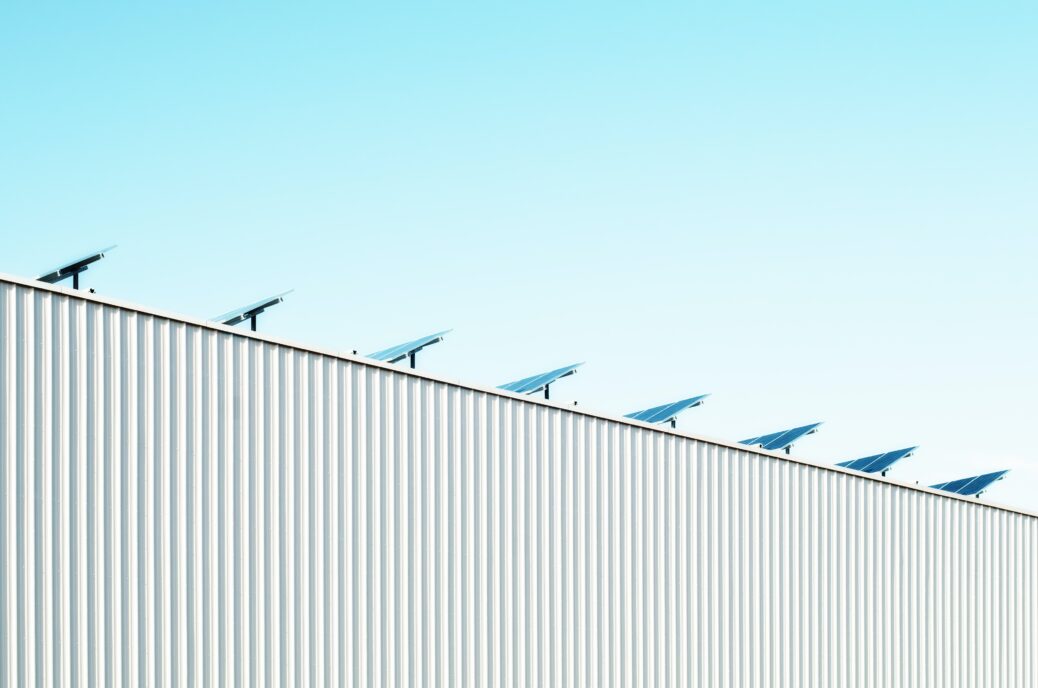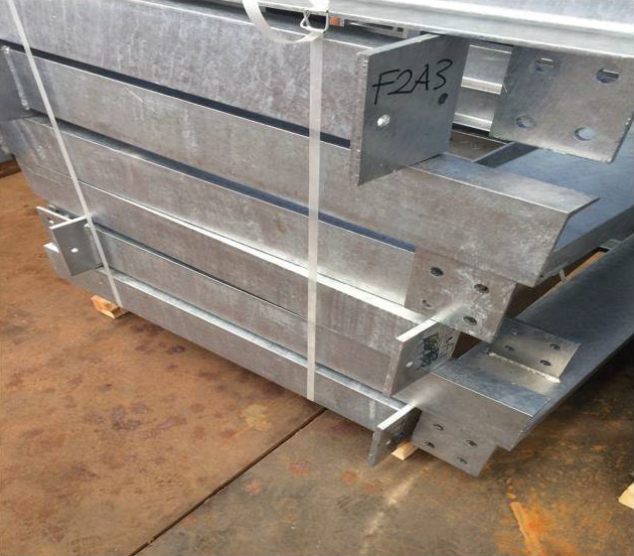When it comes to putting a potential construction project, there are many decisions to be made. Expenditure and time constraints, technical requirements, and capability are just a few considerations to be taken into account. But what form of building material to use is among the simple, essential choices. At Yena Engineering, we believe the structural-steel buildings are the best option There are nine explanations why structural steel should be preferred from other construction materials: in your next building project.
Structural and High-Strength Low-Alloy Steels
High-strength carbon and low-alloy steels have production strengths higher than 275 MPa and can more or less be classified through four classes:
1)As-rolled carbon-manganese steels
2)As-rolled low-alloy (HSLA) high-strength steels (also known as micro-alloyed steels)
3)Heat-treated (normalized or quenched and tempered) carbon steels.
4)Heat-treated low alloy steels
Such four forms of steels are more competitive than normal, as-hot-rolling steel. The low-alloy heat-treated steels and as-rolling HSLA steels also offer low transition temperatures from ductile to broken than carbon steels.
Structural Steel
The construction of skyscrapers, bridges, tunnels, towers, industrial buildings, and road barriers, due to the assets they own, is common in the construction industry. Structural steels show low weight, high strength, ease of use, and homogeneity. some essential characteristics. There are various forms of structural steel, including circles, hexagons, and rings. These also come in hollow cross-sections, tubing, cables, and Z sections. They are also available.
The various characteristics of building steels are due to the various elements used in their making. In almost all structural carbon steels a common element since it offers strength. To make structural steels of the desired properties include strength, ductility, weldability, and resistance against corrosion, iron, and carbon are added to the composition, such as manganese, sulfur, phosphorus, aluminum, and copper.
Steel can also be mixed in the form of reinforcement bars with concrete (RCC) that delivers both tensile (on account of concrete) and tensile strength. Specific expansion and contraction processes occur in both categories of steel and concrete when exposed to heat and cold. These also have numerous intensity characteristics. In industrial buildings, RCC is among the most common raw materials science.
Furthermore, there are two structural shapes; these are channel and beam. Channel refers to the form that is mainly a squared C. C Purlin, with a straight back and sides with a tongue, are types of channels. Holes or indentations for bolting are included in the Unistrut pipe. If we talk about beam structural steels, there are many types of Structural Steel Beams: I-Beam, W-Beam, and H-Beam. Both are designed to cover the area and to be a building support
What Is a High Strength Low Alloy Steel?
High strength low alloy steel (HSLA steel) is an alloy that offers better mechanical properties and greater resistance to atmospheric oxidation than conventional carbon steel. Such steel forms are different from’ standard’ alloy steels because they are not required to meet a specific chemical composition but to meet specific mechanical properties.
The high rise strength chemical composition of low iron stone comprises a low carbon composition of 0.05%-0.25% for effective shaping and welding and manganese contents of up to 2%.
The following chemical components may vary according to the thickness, various shapes and sizes, and mechanical properties of the substance and could be used in various combinations of small amounts of chrome, molybdenum, nickel, copper, vanadium, niobium, arsenic, Zirconium, and titration.
There are nine explanations of why structural steel should be preferred from other construction materials:
- Various construction applications: Steel has also been used to framework all types of structures for more than 200 years in a number of ways. Structural-steel may be used to construct almost any conceivable construction from ancient flax factories to huts and tall-rise buildings. Steel can be used for constructing hangars of planes, rollercoasters, vehicles, and more.
- Capacities of layout: Changing technology has an effect on all sectors, including steel manufacturing. Structures were quite simple and of minimal nature generations ago. Today, steel-framed buildings can perform a variety of features and has become truly artworks through technological advancements.
- Cost-efficiency: Steel construction saves you money. The price of steel is generally relatively low compared to other conventional building materials. Steel components can also be pre-engineered, lower building times, and save you money. The reliability and high life expectancy of steel also decrease the cost of insurance-linked to manufacturing or residential buildings. In contrast with other products. As an additional bonus, tax credits for producers with steel as well as other environmentally-friendly product are given when the tax time comes around.
- Proven strength over time: Steel is a durable construction material that has been around for about 200 years. Iron prevents rottenness, shrinkage, and molding; stain is not susceptible to many other insect rodents, and the paint is not broken, cut, or knotted like wood. Steel is amazingly immune to burning, earthquakes, storms, and other severe weather.
- Time-proven strength: Metal has served as a powerful thermal insulator for even more than 200 years. The metal is not prone to termites of many other pests; and the steel will also not break, scrap or tie like wood. The steel is also not sensitive to redness and deformation. Steel survives burning, earthquakes, disasters, and other severe weather events, and is powerful.
- Environmentally-friendly material: The idea that steel is an eco-friendly, conveniently reused, or recyclable product, is among the most remarkable attributes. Prefab steel frame structures are heat stable and power-efficient to growing the earth’s environmental footprint in every house.
- Installation facility: One of the major advantages of steel is that this is generally very easy to build. Often the components were assembled in the plant and then installed onboard. This aspect of the planning and building process will take place very smoothly when the correct ironworkers were employed for construction or assembling.
- Measure guarantees: Steel sections framed structures are designed to last for a century merely stated. While warranties can differ among vendors, many consumers have such faith in their goods that a finite life span with at minimum a 20-year guarantee on steel-reinforced kits. Take a look at the assurances that are accessible with your vendors.
- Adaptability: Industries are hopefully rising. It’s an excellent thing. Our capabilities and resources are growing as businesses. It takes more room for this production. Steel construction framed structures are fine, as they make physical expansion simpler. Finish wall changes and framework development can be done fairly painless, fast, and cost-effective.
You May Be Interested:
- An overview of Structural Steel
- Structural Steel Production and Today’s Building Market
- Why Structural Steel Is Great for Construction
- 6 Essential Questions Worth Asking to Your Structural Steel Provider
- Footbridges Manufacturing by Using Structural Steel
- A comprehensive guide to structural steel



